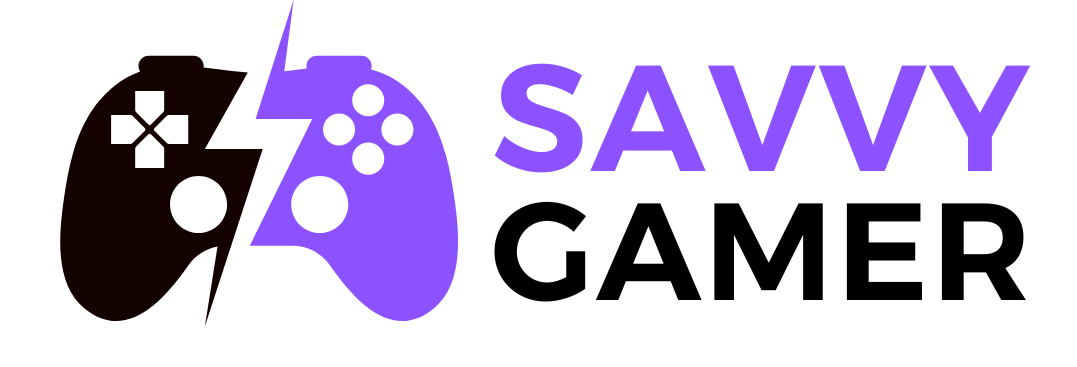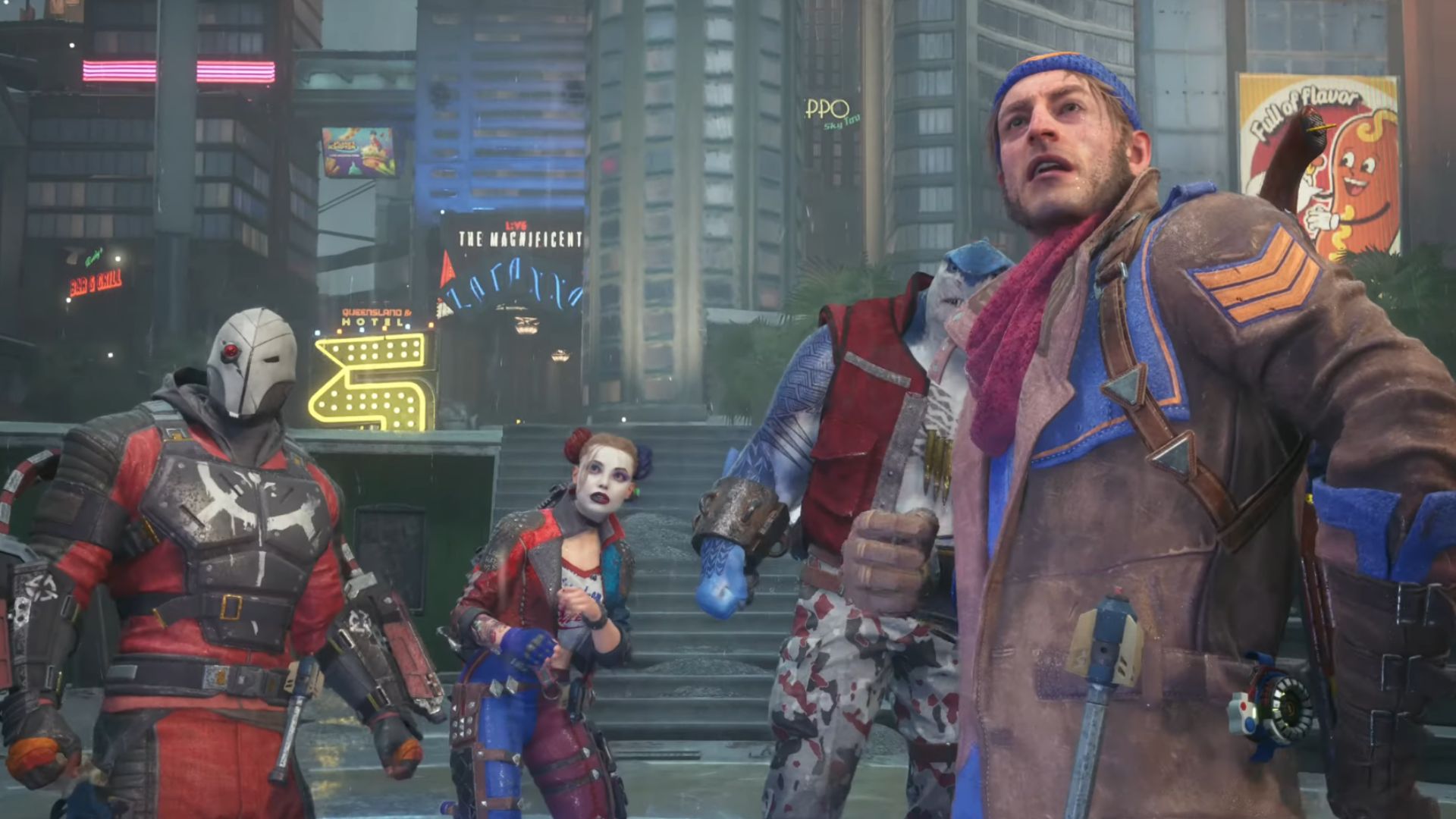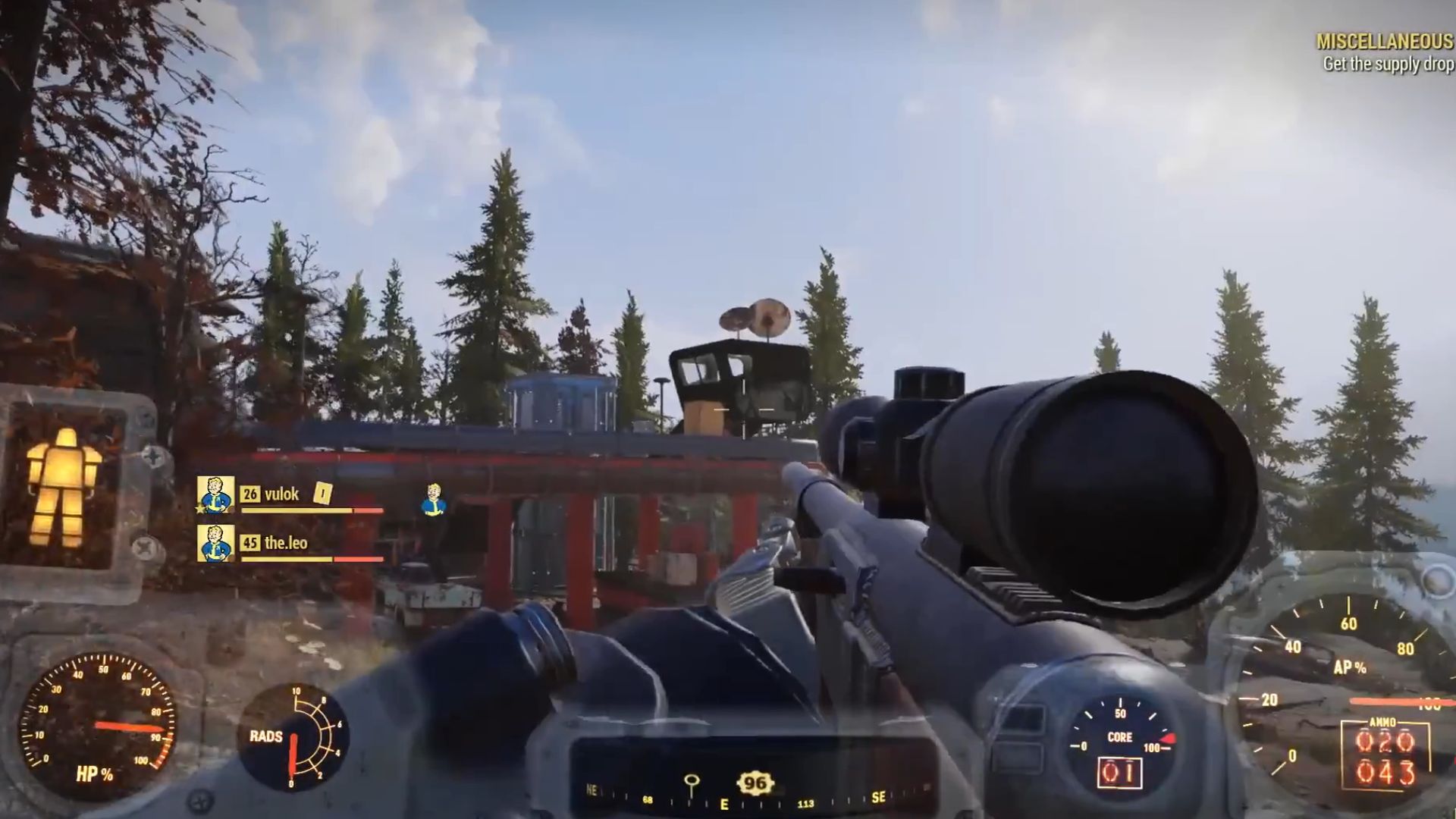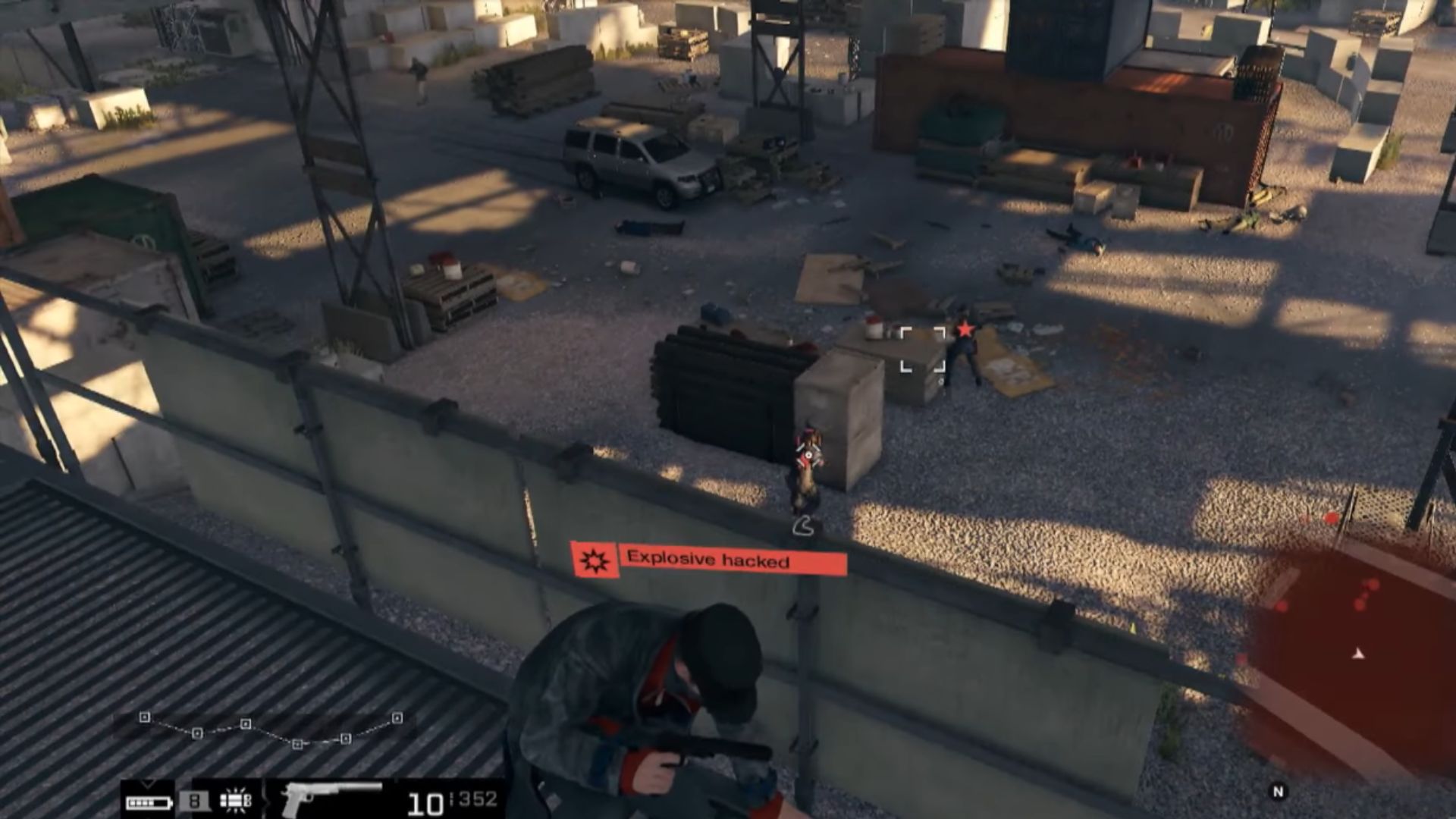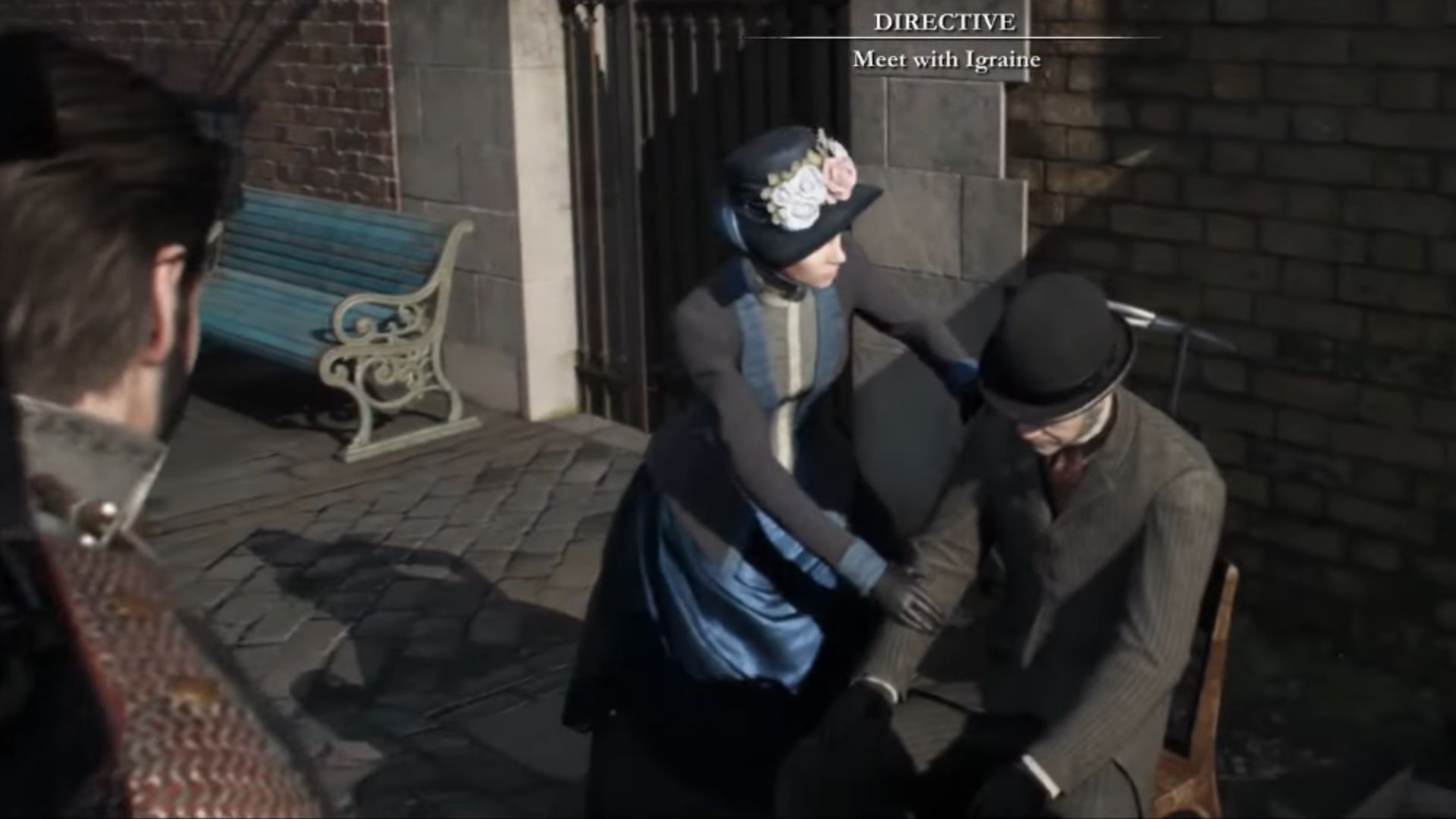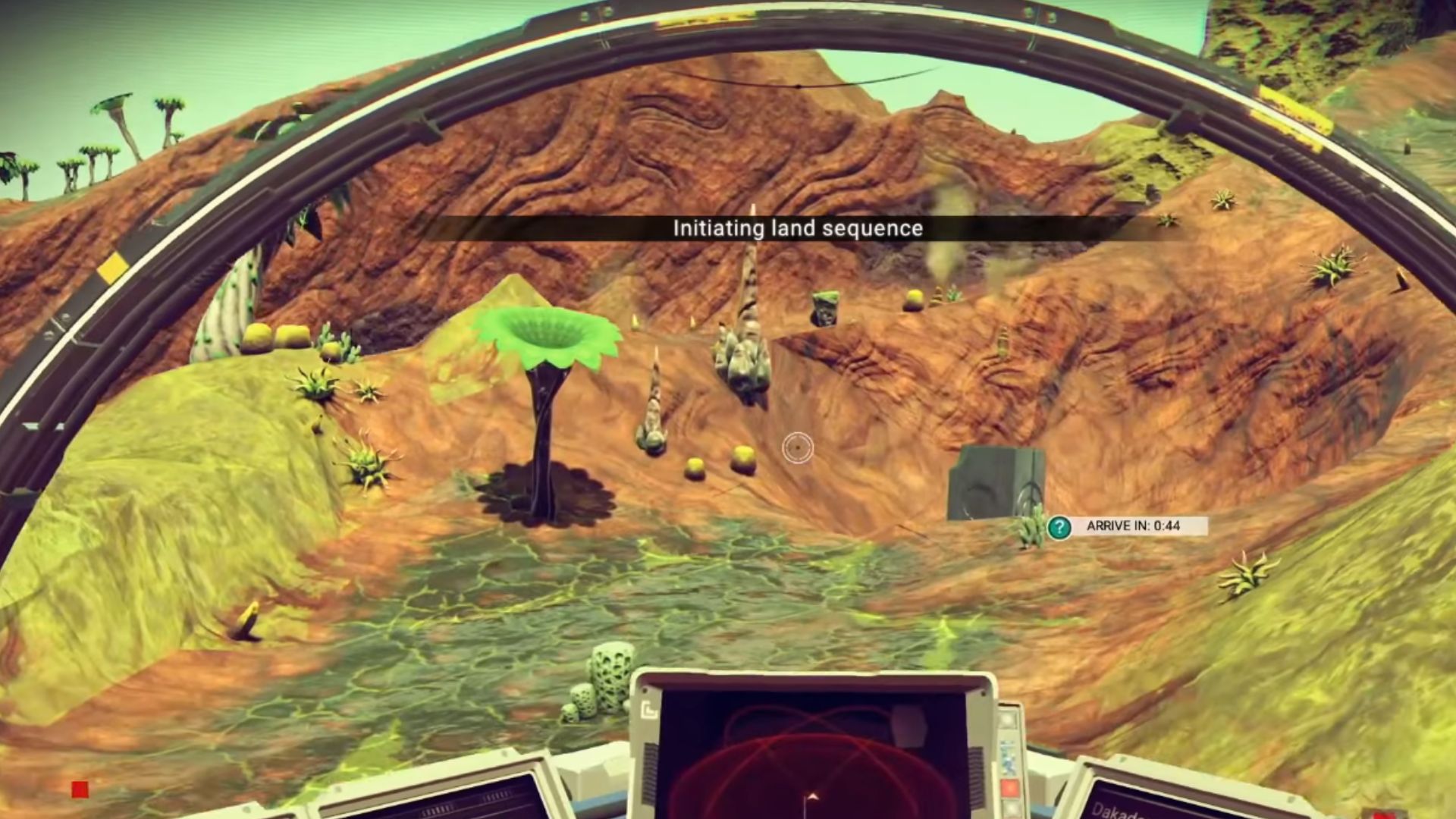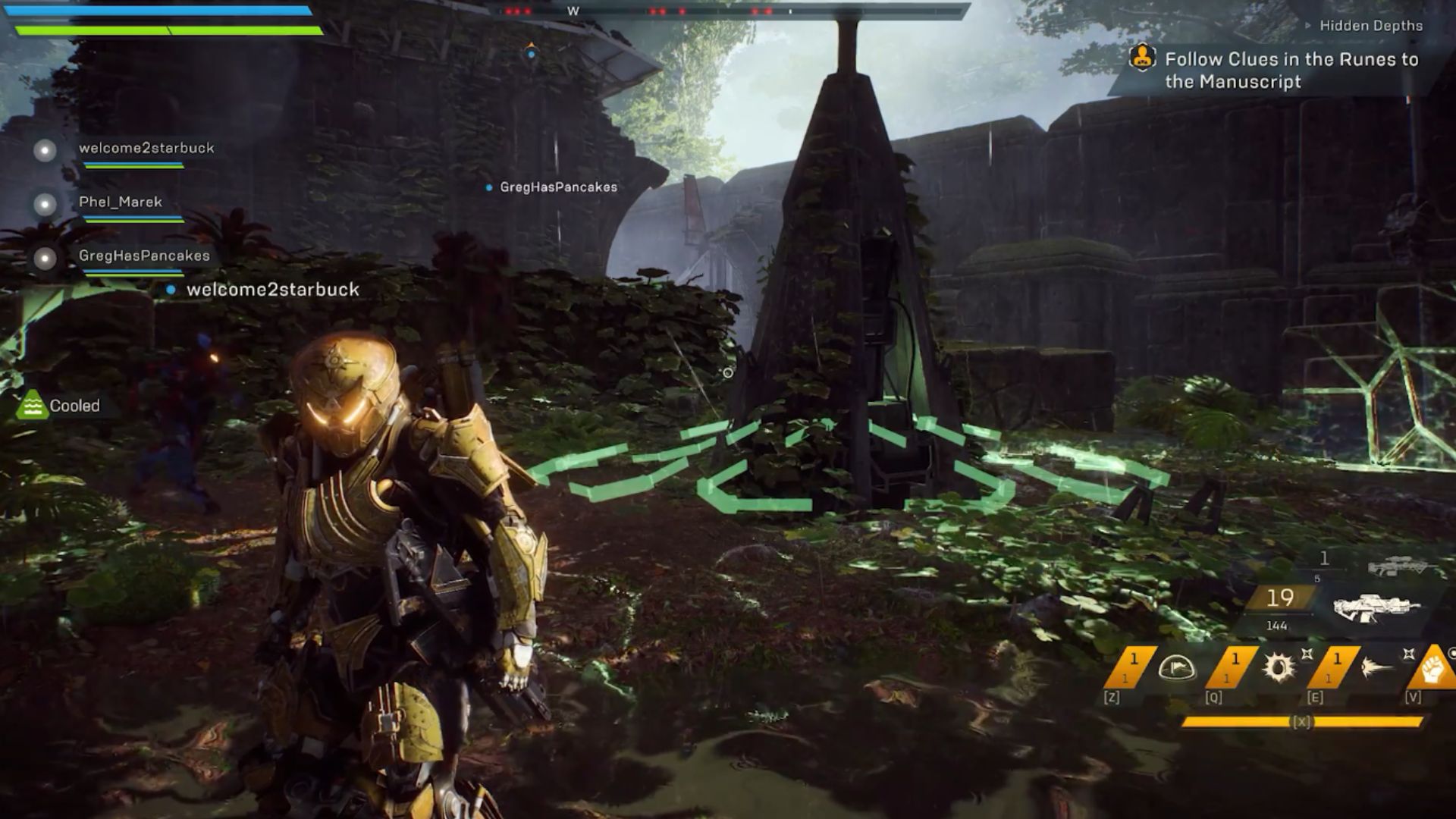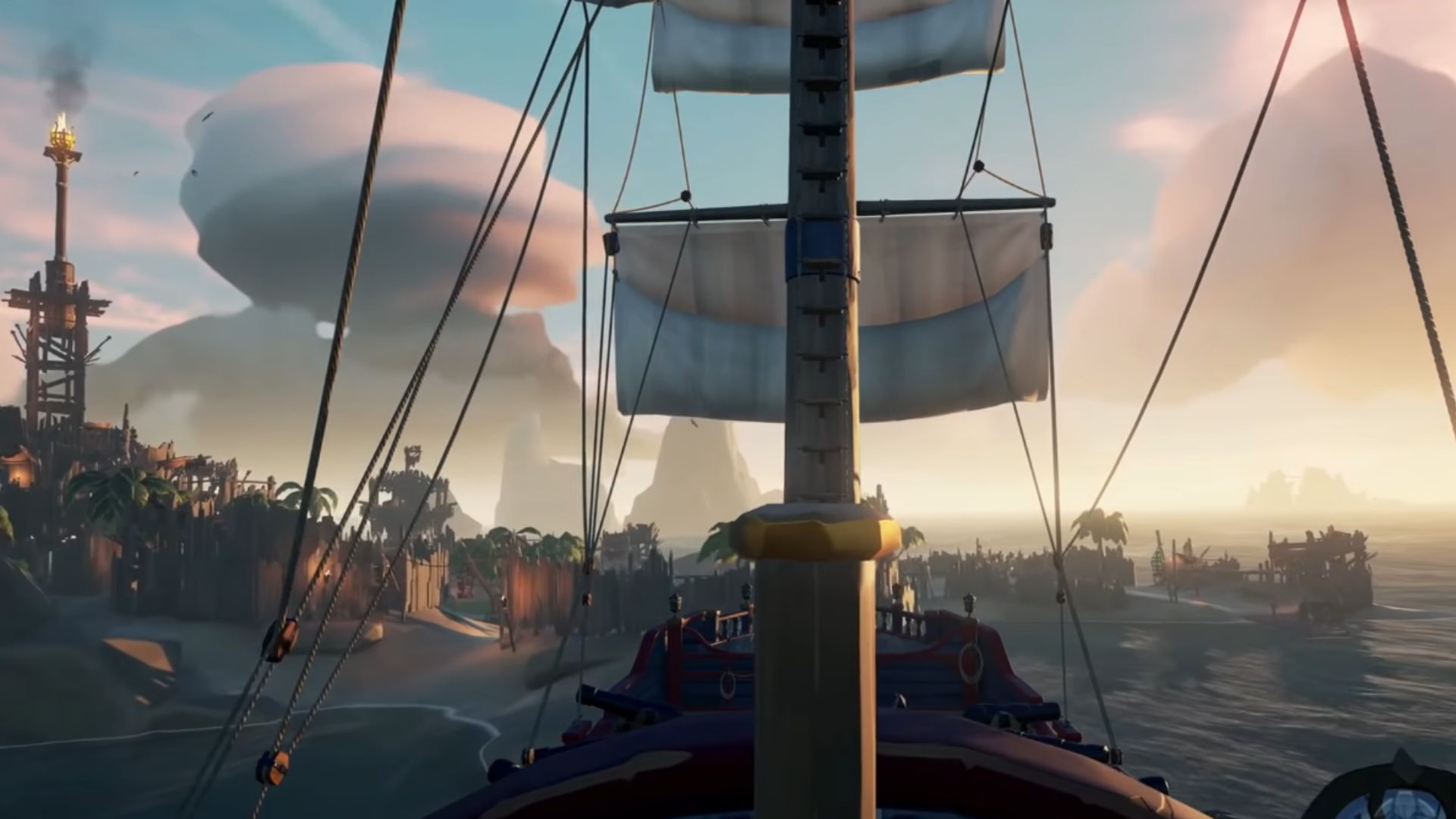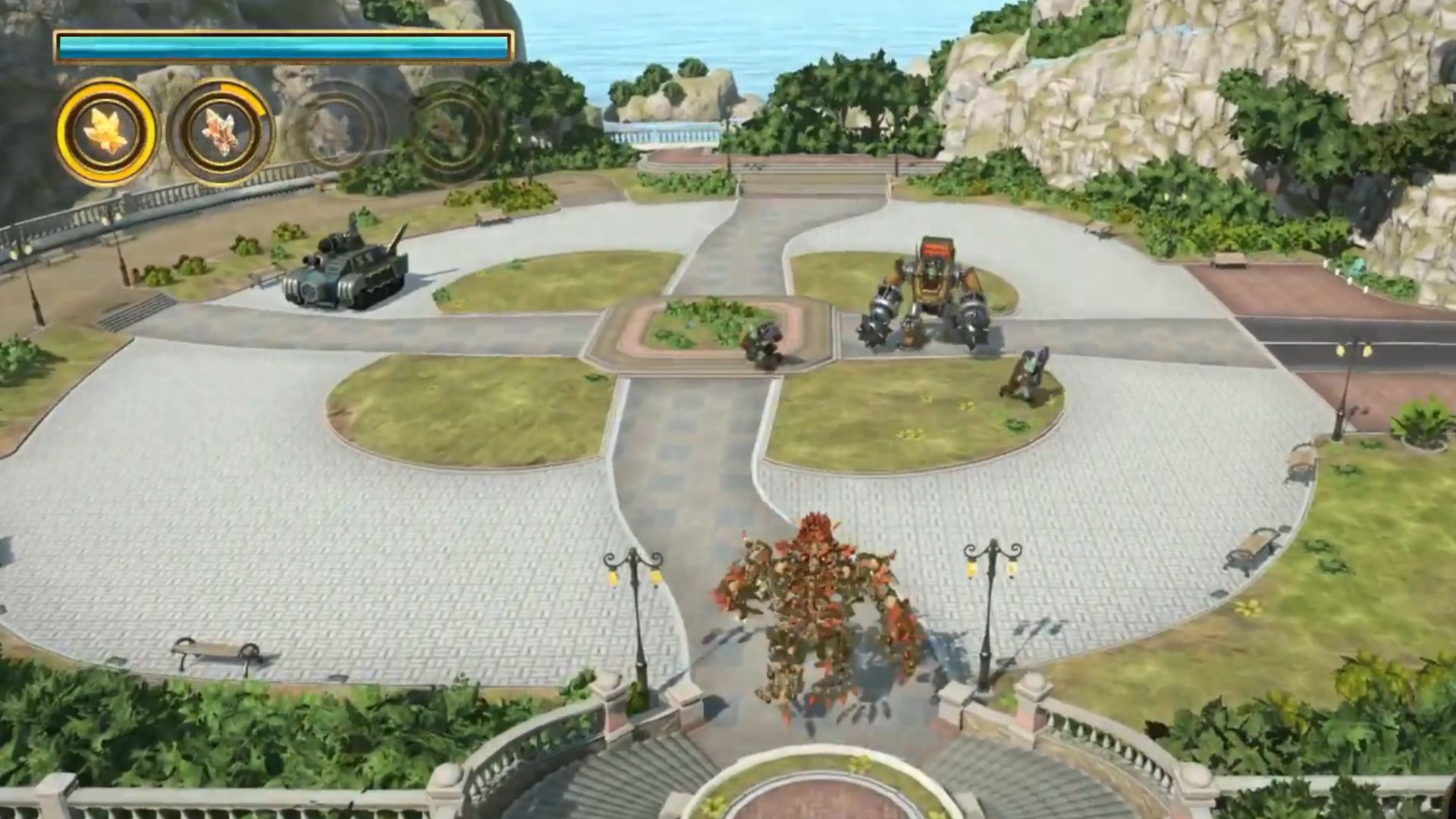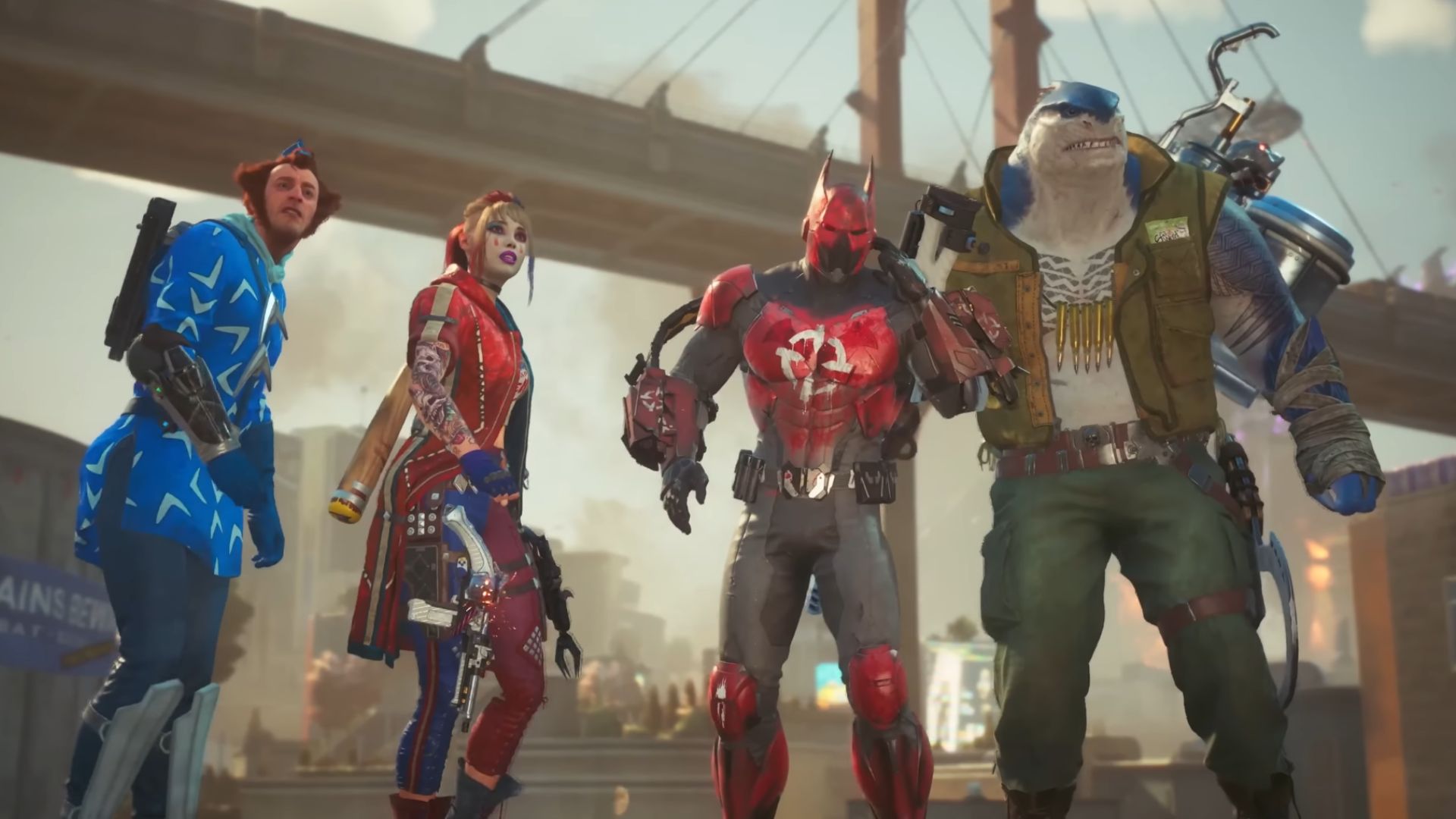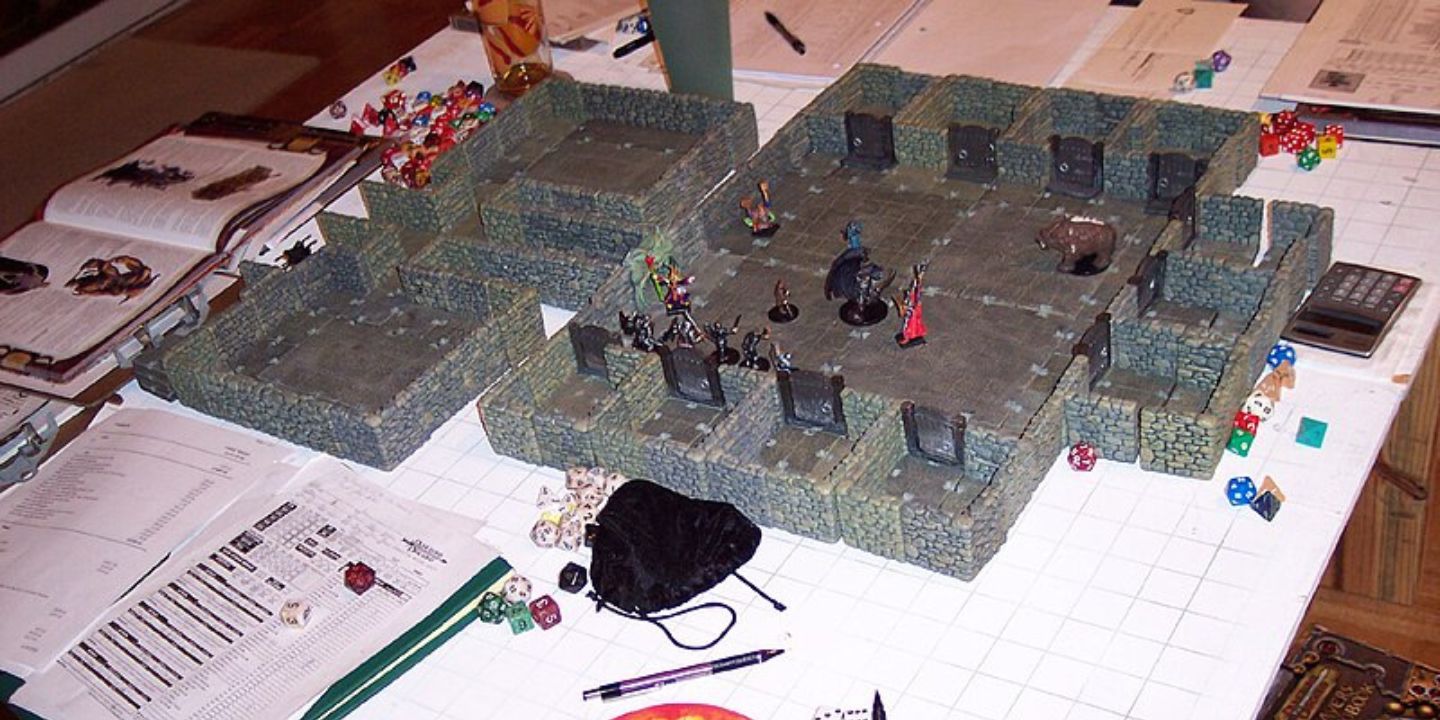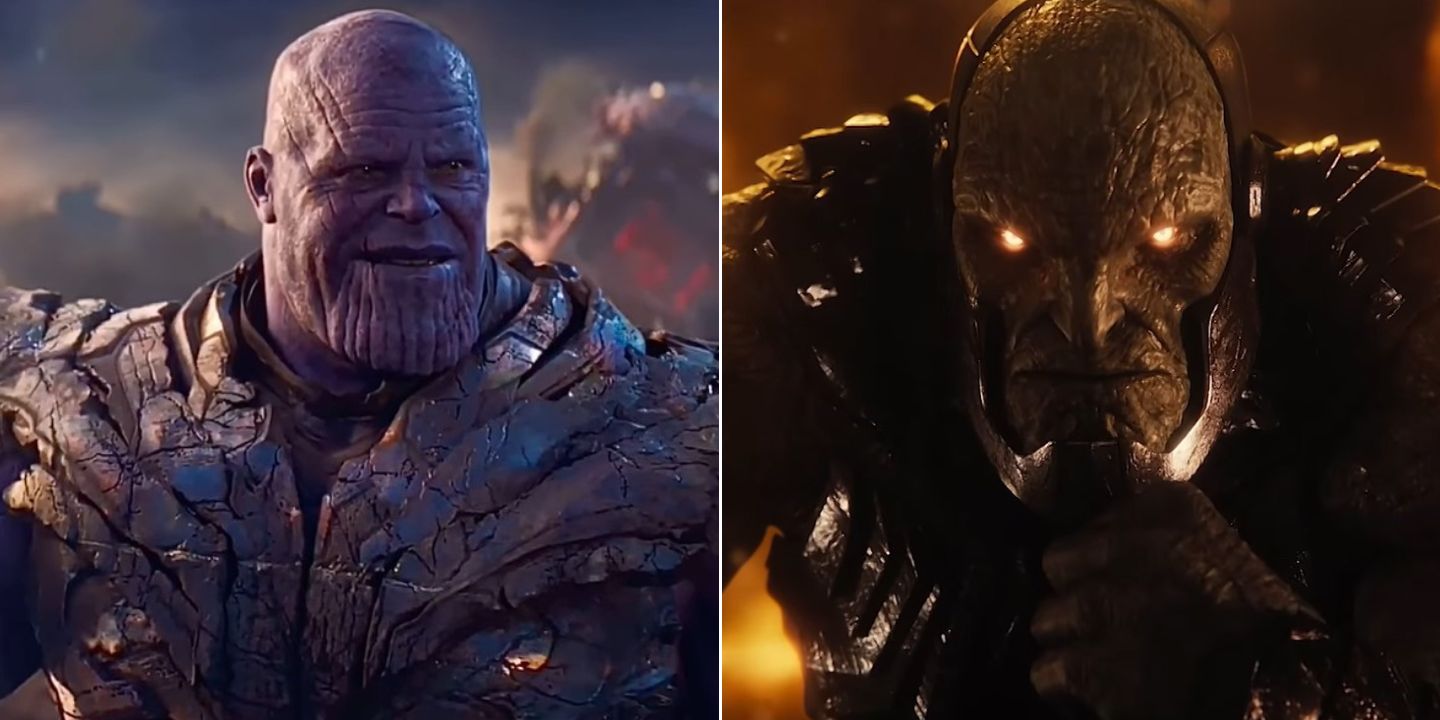Hype That Broke Hearts
Expectations soared as trailers wowed. Fans marked their calendars in anticipation. But what they actually got were unexpected mishaps and gameplay so bland it hurts to even think about. These games stumbled and crashed hard under the weight of their own promise. Here’s a look at 20 disappointing titles that made us wish we hadn’t waited at all.
1. MindsEye (2025)
Marketed as a next-gen blockbuster from GTA veterans, Mindseye launched with game-breaking bugs and dull missions. Its flashy visuals couldn’t mask the broken AI, crashes, or lackluster story. Sony issued refunds, and players quickly abandoned it.
 MindsEye is the Worst Game of 2025 - Inside Games Roundup by Inside Games
MindsEye is the Worst Game of 2025 - Inside Games Roundup by Inside Games
2. Aliens: Colonial Marines (2013)
Gearbox promised a faithful sequel to Aliens, but the final product was a clunky, bug-ridden shooter. Poor enemy AI and misleading trailers only deepened the disappointment. Lawsuits followed, and U.S. gamers called it one of the worst letdowns tied to a beloved film franchise.
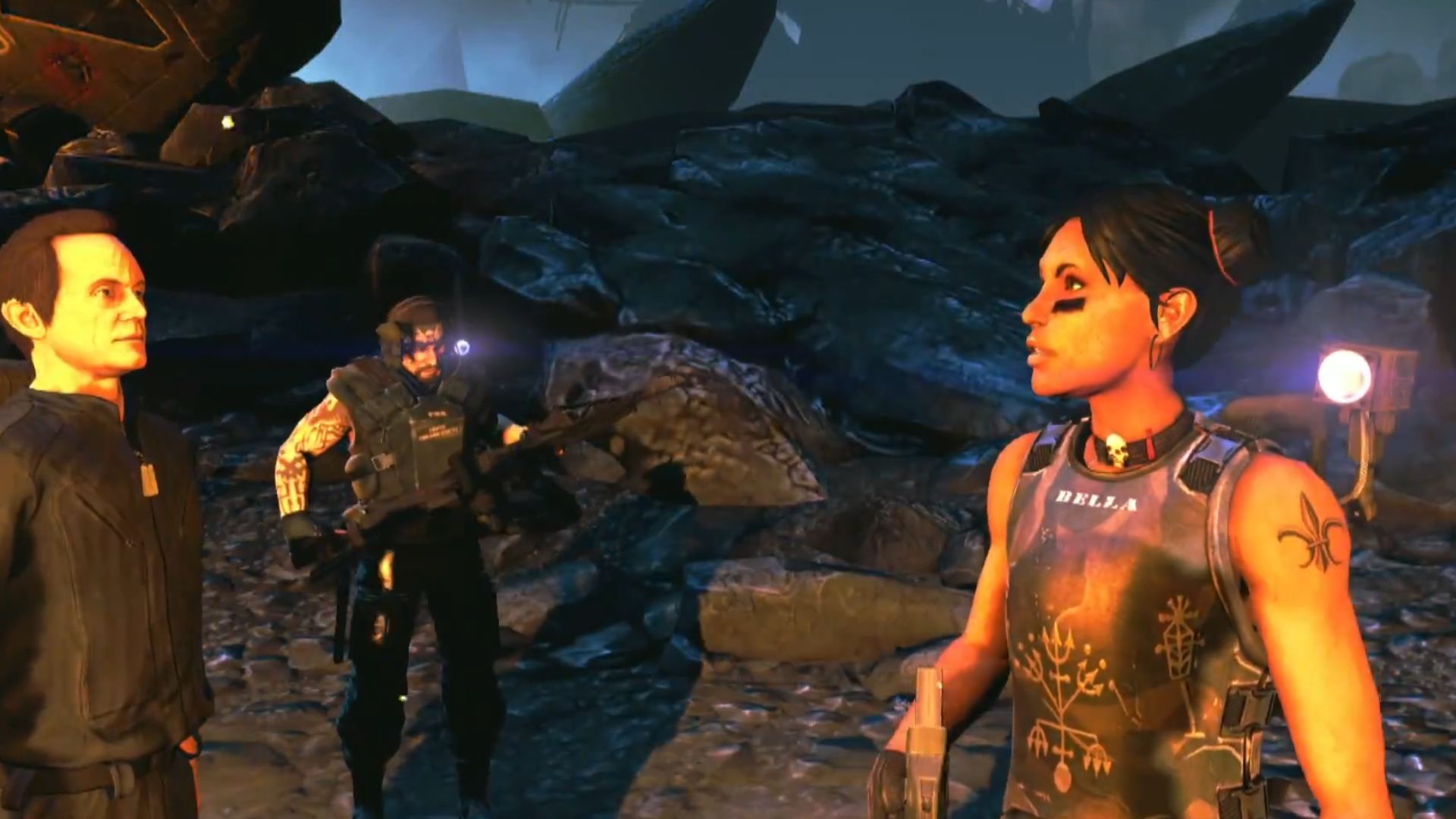 Aliens: Colonial Marines REVIEW! Adam Sessler Reviews by Rev3Games
Aliens: Colonial Marines REVIEW! Adam Sessler Reviews by Rev3Games
3. Fallout 76 (2018)
Bethesda’s online experiment stripped away what made Fallout great—rich storytelling and immersive single-player depth. Players instead wandered a glitchy wasteland filled with malfunctions and missing NPCs. Longtime players were met with a hollow and unfinished world.
4. SimCity (2013)
Electronic Arts’ reboot of SimCity buckled under an always-online DRM (Digital Rights Management) policy that crashed servers at launch. Even players who got in found limited city sizes and broken simulation logic. Many in the U.S. gaming community asked why a single-player game needed such a flawed connection system.
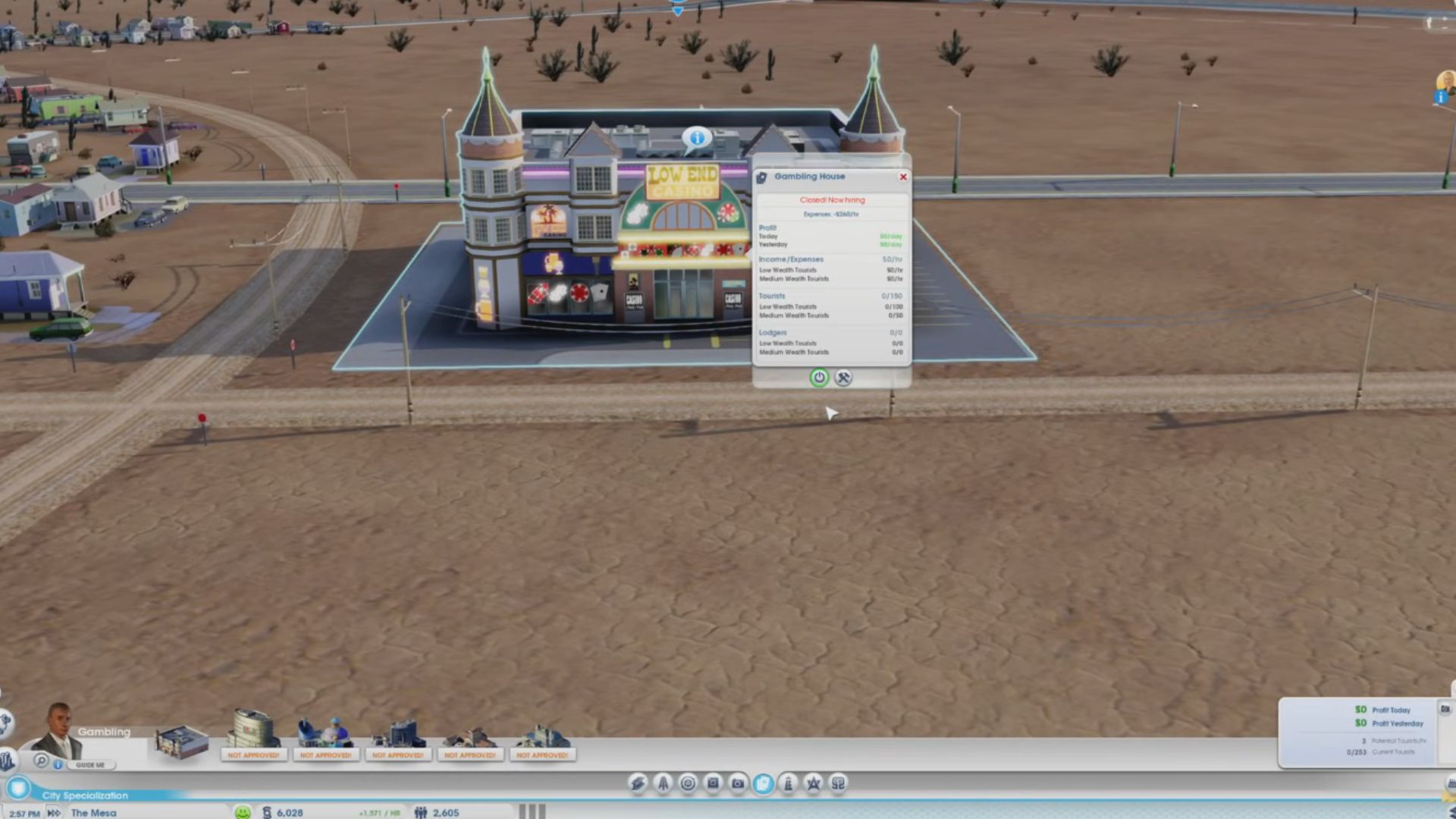 SimCity 2013 Revisited Over 10 Years Later... Is it Worth Playing? By City Planner Plays
SimCity 2013 Revisited Over 10 Years Later... Is it Worth Playing? By City Planner Plays
5. Watch Dogs (2014)
Expectations were heightened after E3 footage teased a futuristic hacker sandbox. At launch, Watch Dogs delivered a dull narrative and repetitive gameplay loops. Game lovers, hoping for a bold new IP, got a watered-down open-world formula that barely scratched its potential.
6. The Order: 1886 (2015)
Sony positioned The Order: 1886 as a system-seller for the PS4. It looked beautiful but played more like an extended cutscene, padded with quick-time events and light shooting. Those who paid full price questioned how such a short experience made it past editing.
7. No Man’s Sky (2016)
Hello Games pledged endless discovery and spacefaring adventure. What players got was a barren universe of cookie-cutter planets and no multiplayer, despite earlier claims. Fans voiced frustrations loudly, turning the game into a poster child for unmet promises.
8. Mass Effect: Andromeda (2017)
Facial animation glitches stole headlines, but the real blow was the weak script and shallow characters. Mass Effect: Andromeda launched under pressure and missed the soul or emotional depth of the trilogy.
 Mass Effect: Andromeda Review by IGN
Mass Effect: Andromeda Review by IGN
9. Anthem (2019)
BioWare’s attempt to enter the looter-shooter market showed early potential with sleek flying mechanics. However, Anthem lacked content and suffered from stability issues. Gamers quickly abandoned the title, and future updates were quietly canceled.
10. Cyberpunk 2077 (2020)
Years of hype built an impossible standard for Cyberpunk 2077. At opening, console versions were plagued by crashes and missing features. U.S. gamers demanded refunds, prompting Sony to temporarily pull the game from its digital store—a rare move for such a high-profile release.
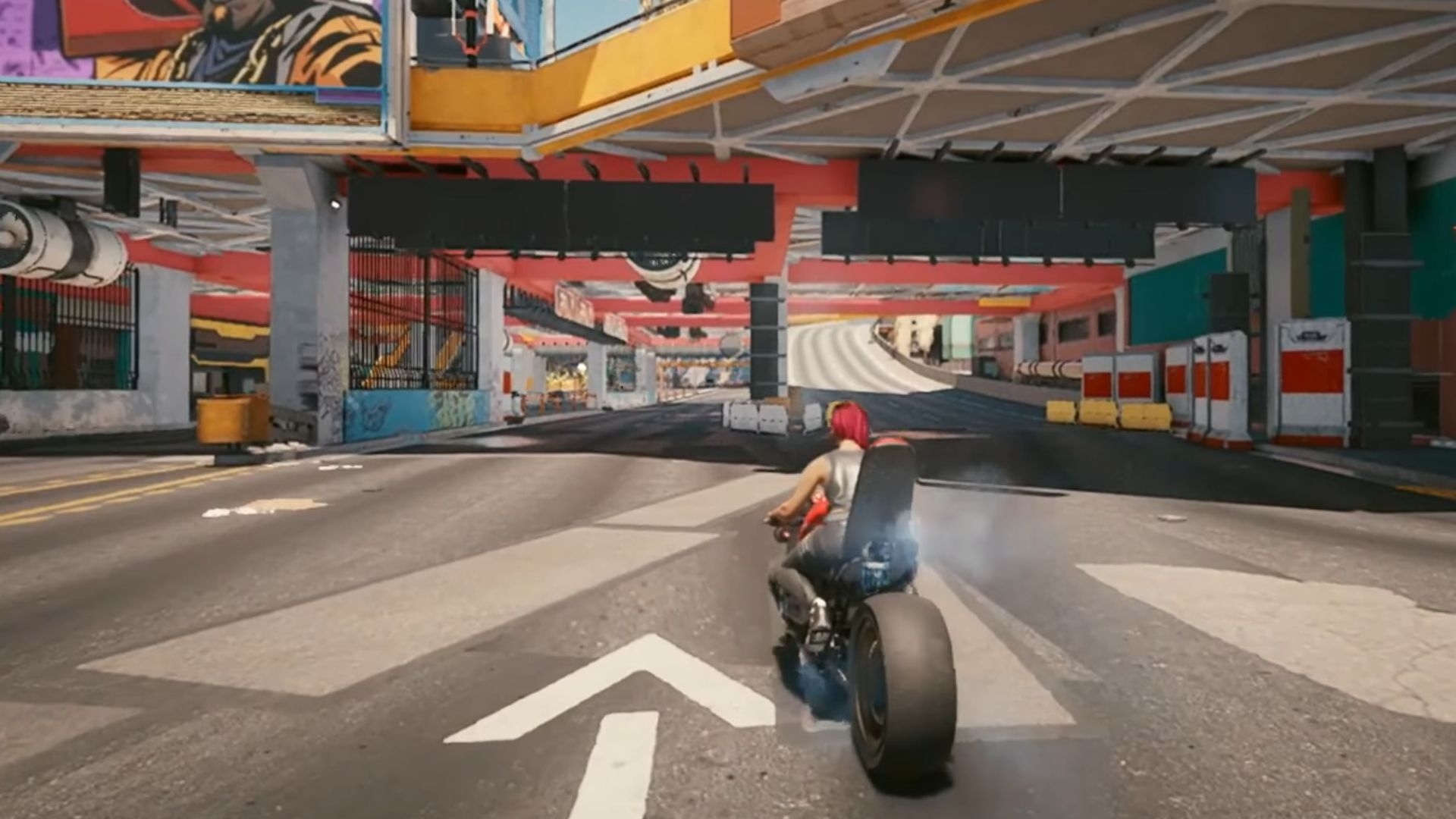 Cyberpunk 2077 for Xbox One and PlayStation 4 Review by IGN
Cyberpunk 2077 for Xbox One and PlayStation 4 Review by IGN
11. Star Wars: Battlefront II (2017)
Early previews teased iconic heroes and stunning visuals. But the excitement faded quickly as progression was tied to loot boxes, and core characters required excessive grinding or payment. Criticism escalated beyond the gaming community, turning the launch into a cautionary tale about monetization in AAA titles.
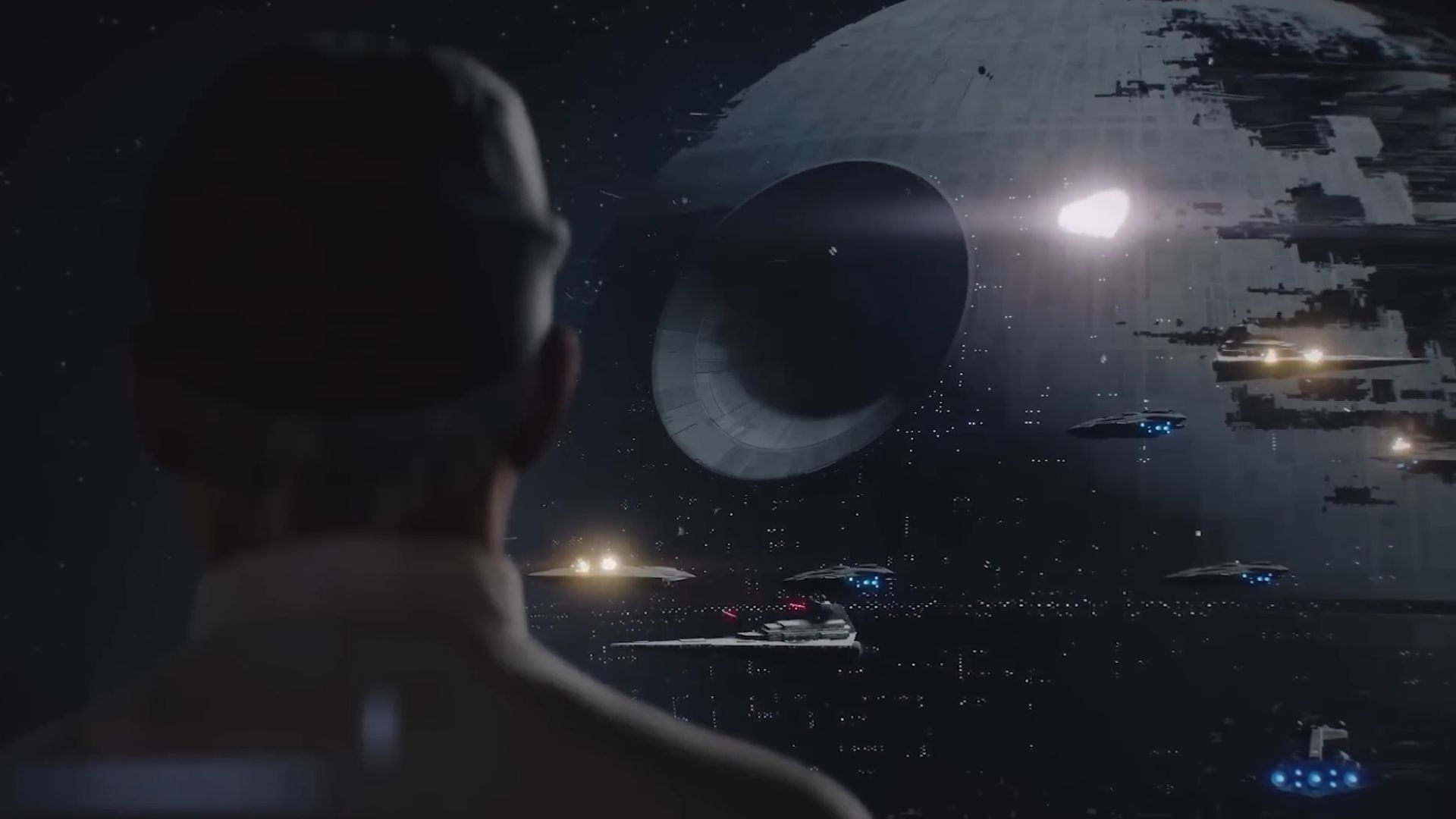 Star Wars Battlefront 2 Review by IGN
Star Wars Battlefront 2 Review by IGN
12. Sea Of Thieves (2018)
Pirate life looked thrilling, but early access players quickly realized the sea was mostly empty. The game launched with beautiful aesthetics and great sailing mechanics. However, it offered little else to do. Players were left with recycled quests and a bare-bones loop.
13. Marvel’s Avengers (2020)
Big names and flashy powers couldn’t save this live-service misfire. Missions became repetitive fast, and the loot system lacked impact. Marvel fans hoped for a superhero epic, but poor enemy variety and grind-heavy progression turned it into a chore rather than a celebration of Earth’s mightiest heroes.
 Marvel's Avengers Review by IGN
Marvel's Avengers Review by IGN
14. Resident Evil 6 (2012)
Capcom shifted focus toward blockbuster action and away from atmospheric horror. Resident Evil 6 introduced multiple overlapping campaigns that felt bloated and tonally inconsistent. Enthusiasts missed the tension of earlier titles, instead getting explosions and a convoluted plot that dragged the series off track.
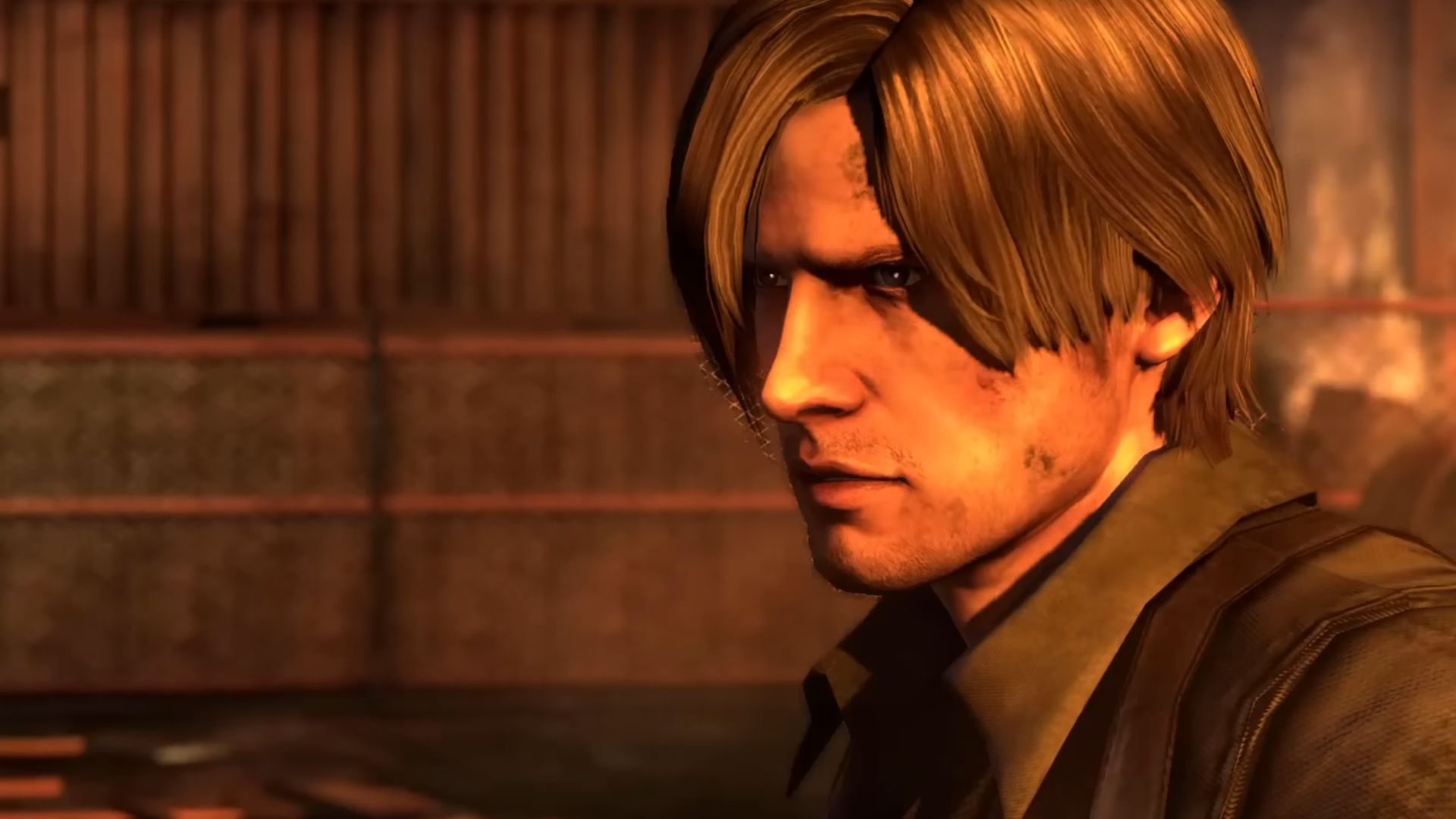 Did Resident Evil 6 Suck? I Settle It Forever. By Nerrel
Did Resident Evil 6 Suck? I Settle It Forever. By Nerrel
15. Knack (2013)
Touted as a family-friendly platformer and potential mascot, Knack fell flat with recurrent levels and an old design. Combat lacked finesse, and its story failed to connect. Gamers eager for a standout launch title found themselves stuck in a bland, frustrating slog that didn’t showcase the PS4’s potential.
16. Tony Hawk: Ride (2009)
A plastic skateboard controller sounded cool in theory. In practice, Tony Hawk: Ride became a nightmare of calibration issues and slow input. Many fans expected it to match the energy of earlier Pro Skater games. Instead, they found themselves fighting the hardware more than landing tricks.
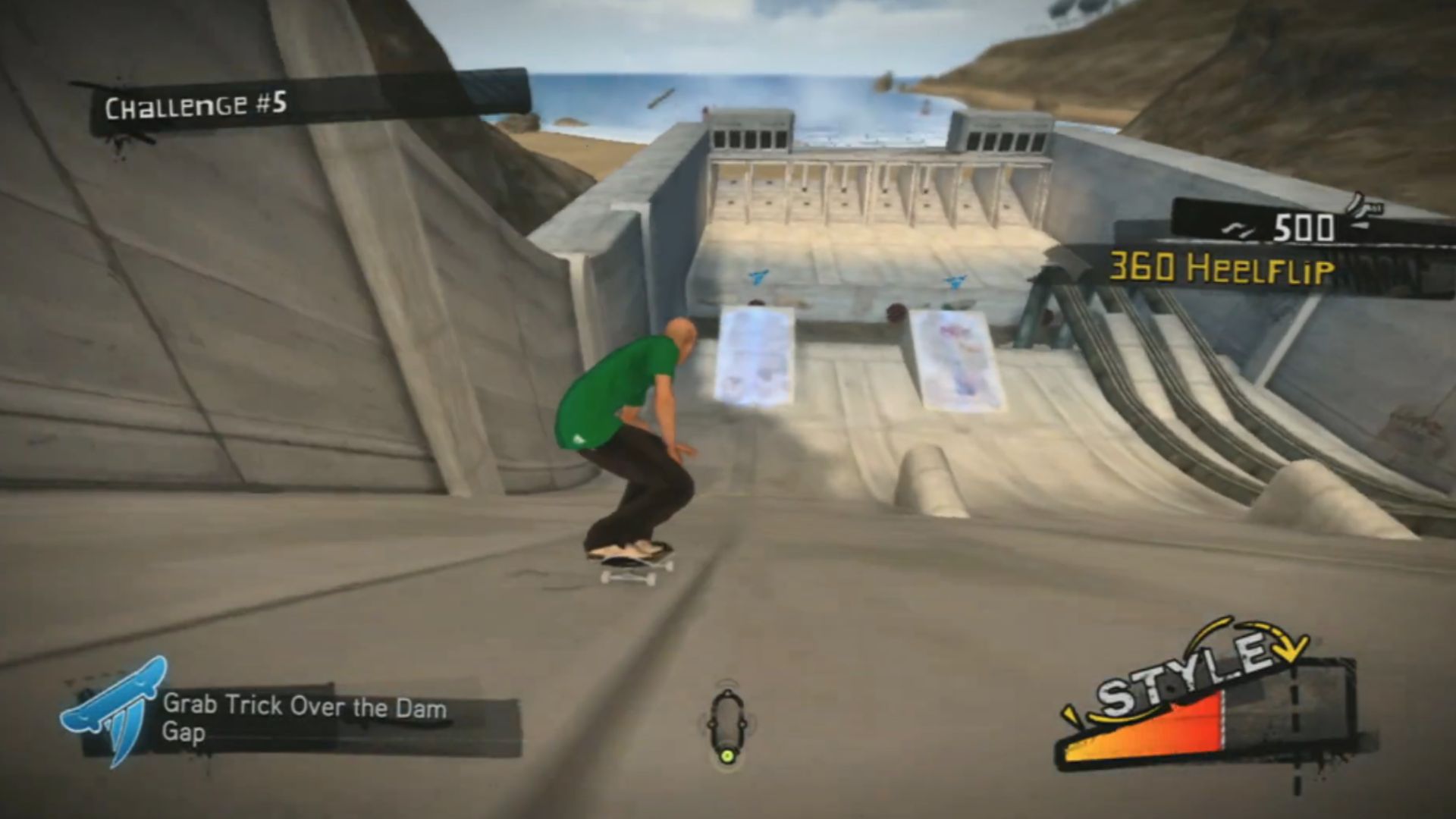 Classic Game Room HD - TONY HAWK RIDE review by Classic Game Room
Classic Game Room HD - TONY HAWK RIDE review by Classic Game Room
17. Final Fantasy XIV Online (2010)
Confusing UI and lag plagued the original FFXIV at launch. Square Enix had to take it offline and rebuild it entirely, which eventually led to A Realm Reborn. MMO fans hoped it would be polished and deep but got a hurried project that barely functioned.
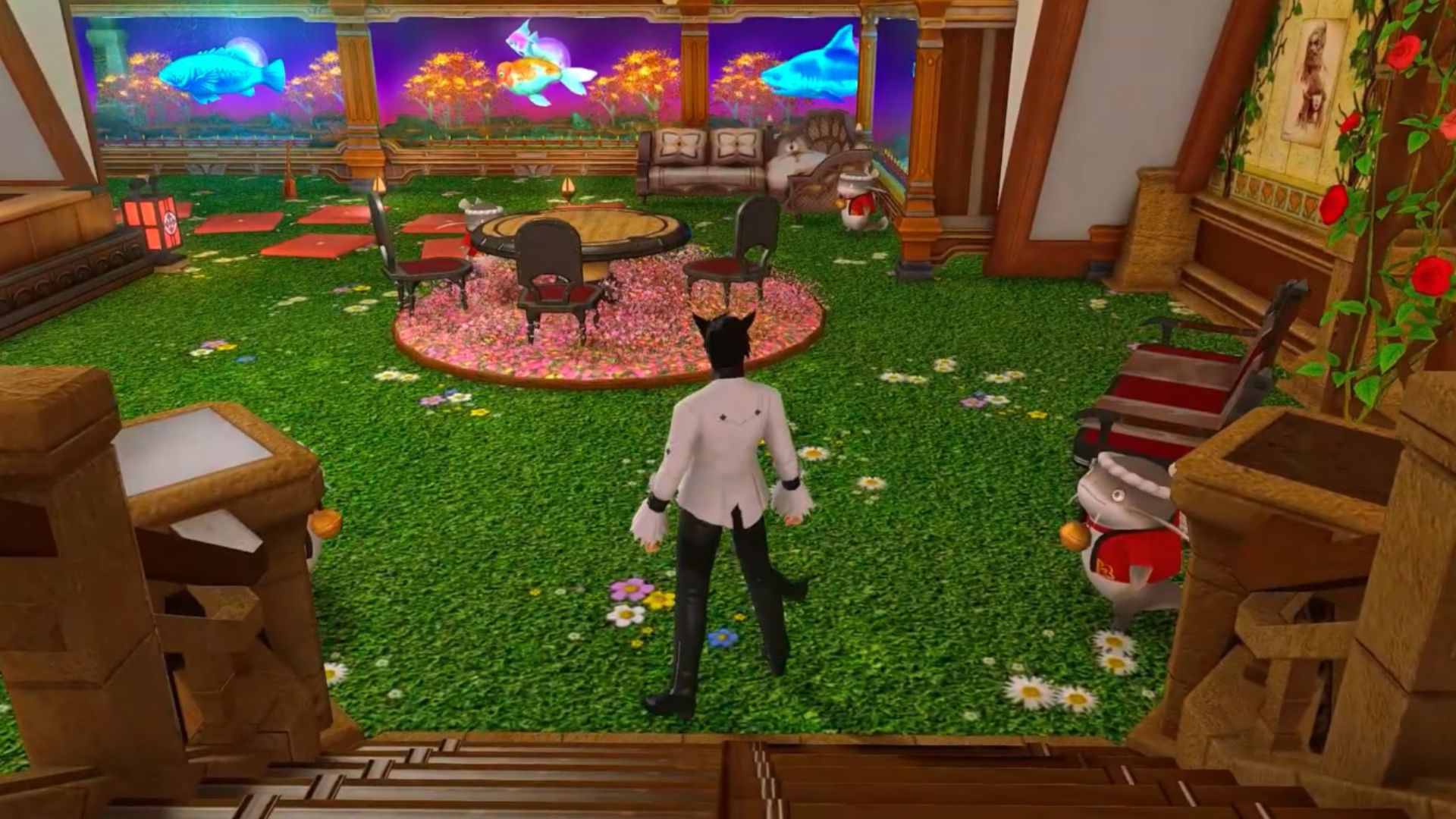 FFXIV Review - is Final Fantasy 14 STILL Worth it in 2024? By Game Grader
FFXIV Review - is Final Fantasy 14 STILL Worth it in 2024? By Game Grader
18. Sonic The Hedgehog (2006)
Intended as a celebration of Sonic’s 15th anniversary, the game suffered due to a quick development cycle. Frequent crashes and camera problems turned Sonic 2006 into a meme. Gamers, once loyal to the blue blur, saw it as a low point in the franchise.
 Sonic The Hedgehog (2006) - What Happened? By Matt McMuscles
Sonic The Hedgehog (2006) - What Happened? By Matt McMuscles
19. The Last Guardian (2016)
Anticipation built for nearly a decade, raising expectations sky-high. While its art direction and emotional beats stood out, The Last Guardian was bogged down by clunky controls and stubborn AI. Somehow, gamers waited years for magic but wrestled with frustrating mechanics and slow pacing.
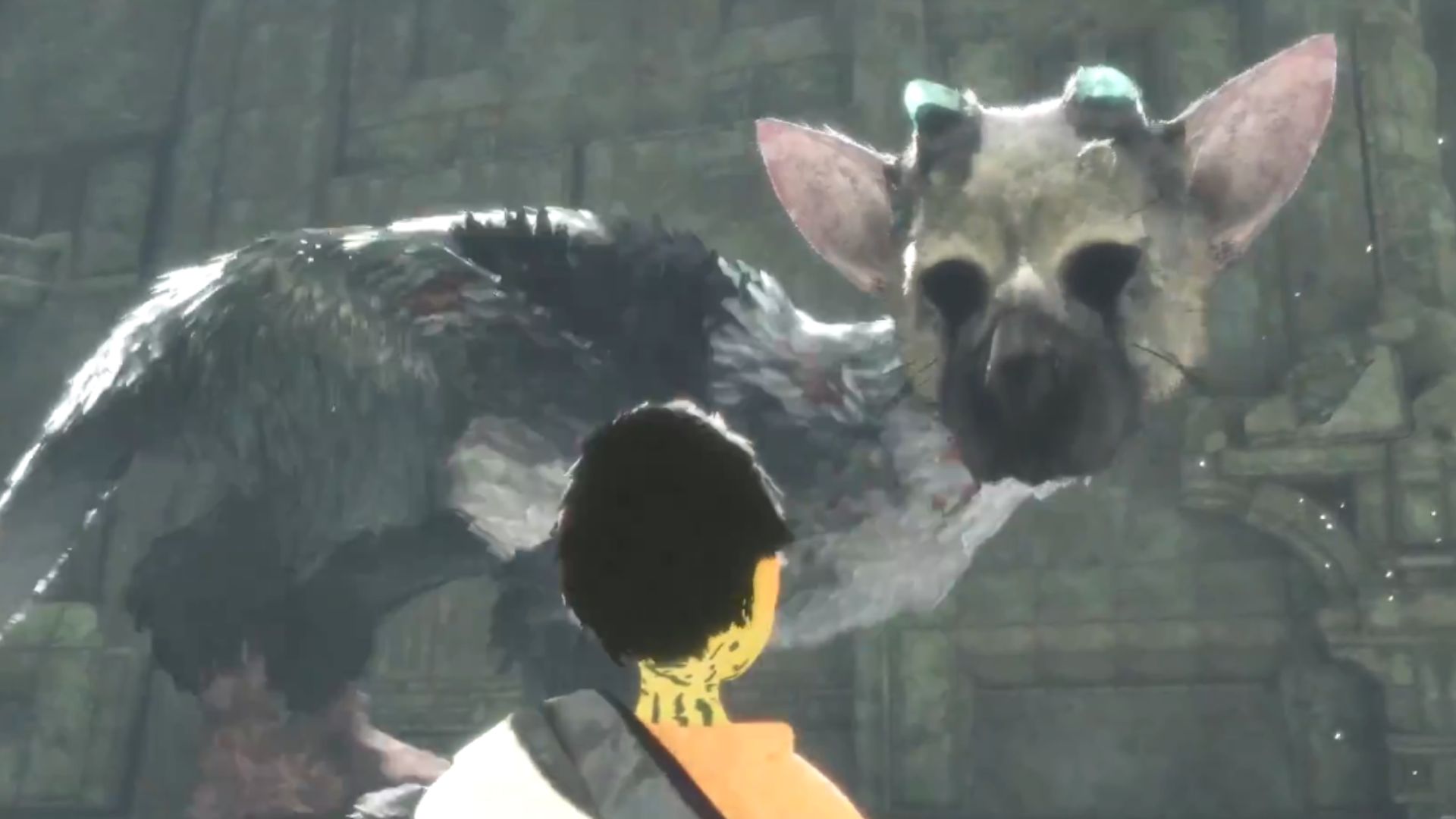 The Last Guardian Review by IGN
The Last Guardian Review by IGN
20. Suicide Squad: Kill The Justice League (2024)
Suicide Squad bombarded players with grind-heavy missions and forgettable loot, letting down those who loved the Arkham games. Rocksteady abandoned its signature single-player storytelling for live-service mechanics. Warner Bros. reported a $200 million loss tied to this game’s underperformance.
